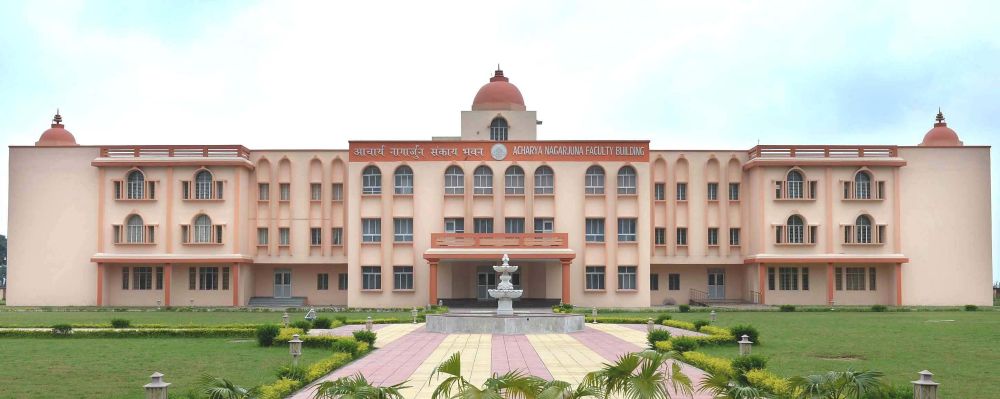

Nalanda, once the site of an ancient Buddhist learning centre, has a rich history that dates back to the 5th century AD. It flourished under the patronage of the Gupta Empire as well as emperors like Harsha and later under the rulers of the Pala Empire. The Nalanda University, at its peak, attracted scholars and students from near and far, including Tibet, China, Greece, and Persia.
The ancient Nalanda University was destroyed by Turkish invaders in the late 12th century. The ruins lay forgotten until they were excavated in the 19th century, which brought to light the vast complex of temples and monasteries. This rediscovery marked the beginning of Nalanda as a destination of historical significance and cultural tourism.
The modern day Nav Nalanda Mahavihara (NNM), established in 1951, is an institute dedicated to the study and research of Pali Literature and Buddhism. It carries on the legacy of the ancient seat of learning. As a result, Nalanda has gained prominence on the map for religious tourism and historical interests alike.
In recent years, there has been an increase in heritage and cultural tourism, with Nalanda playing a crucial part in that boom. The inclusion of the ancient Nalanda University ruins in the UNESCO World Heritage list in July 2016 further catapulted Nalanda as a must-visit historical destination.
Sustainable tourism has been the latest trend, with initiatives like eco-friendly travel options being promoted. There is a focus on maintaining the archaeological site's integrity while providing immersive experiences for visitors.
Furthermore, Nalanda is part of the Buddhist Circuit, which has been bolstered by the Indian government's initiatives to promote Buddhist sites. Efforts are being made to improve infrastructure and provide high-quality touristic services, including better connectivity, curated tours, and visitor centers equipped with modern facilities.
The Bihar government has also been engaged in international collaborations to enhance the visitor experience at Buddhist pilgrimage sites. Through these collaborations, and the establishment of festivals and educational events, Nalanda continues to see a growth in both domestic and international travellers.
Opening Hours: The Nalanda complex is open to visitors throughout the week. Ticket sales are from sunrise to sunset, allowing tourists to experience the archaeological ruins in different lights.
Best Time to Visit: The best time to visit Nalanda is from October to March, when the weather is pleasant for outdoor explorations.
Accommodation: Various options are available, ranging from budget guesthouses to more luxurious stays, ensuring that all types of travelers can find suitable lodging.
Getting There: The nearest airport is in Patna, which is about 95 km away. Nalanda also has its own railway station and is well connected by roads to major cities like Kolkata, Delhi, and Varanasi.